Seven Wise Women in the Charnel Ground
Seven wise sisters planned a spring journey. One of them said, “Sisters instead of going to a park to enjoy the spring flowers, let’s go to see the charnel grounds.”
The other said, “That place is full of decaying corpses. What is such a place good for?”
The first women replied, “Let’s just go. Very good things are there.”
When they arrived, one of them pointed to a corpse and said, “There is a person’s body. Where has the person gone?”
“What” another said, “What did you say?” And all seven sisters were immediately enlightened.
Inda, Lord of the Gods, was moved by their awakening and showered flowers down onto them. He offered them whatever they needed for the rest of their lives. One of the sisters replied, “We have everything we need. But please give us a tree without roots, some land without light or shade, and a mountain valley where a shout does not echo.”
“Ask anything else, holy ladies,” replied Indra, “and I will gladly provide it. But I don’t have those things to give you.”
“If you don’t have them,” said the woman, “how can you help others liberate themselves?” At this, Indra took the sisters to visit the Buddha.
When the Buddha learned why they had come, he said, “As far as that’s concerned, Indra, none of the errants has the slightest clue either. Only great bodhisattvas understand this matter.”
Shinei gave the dharma talk on day two of the women’s retreat, drawing inspiration from the koan above. This koan highlights the importance of women gathering together. Creating community together. Sharing deeply with each other. And while there are times for celebration/relaxation. These women, choose to venture into the dark unknown of the charnel ground.
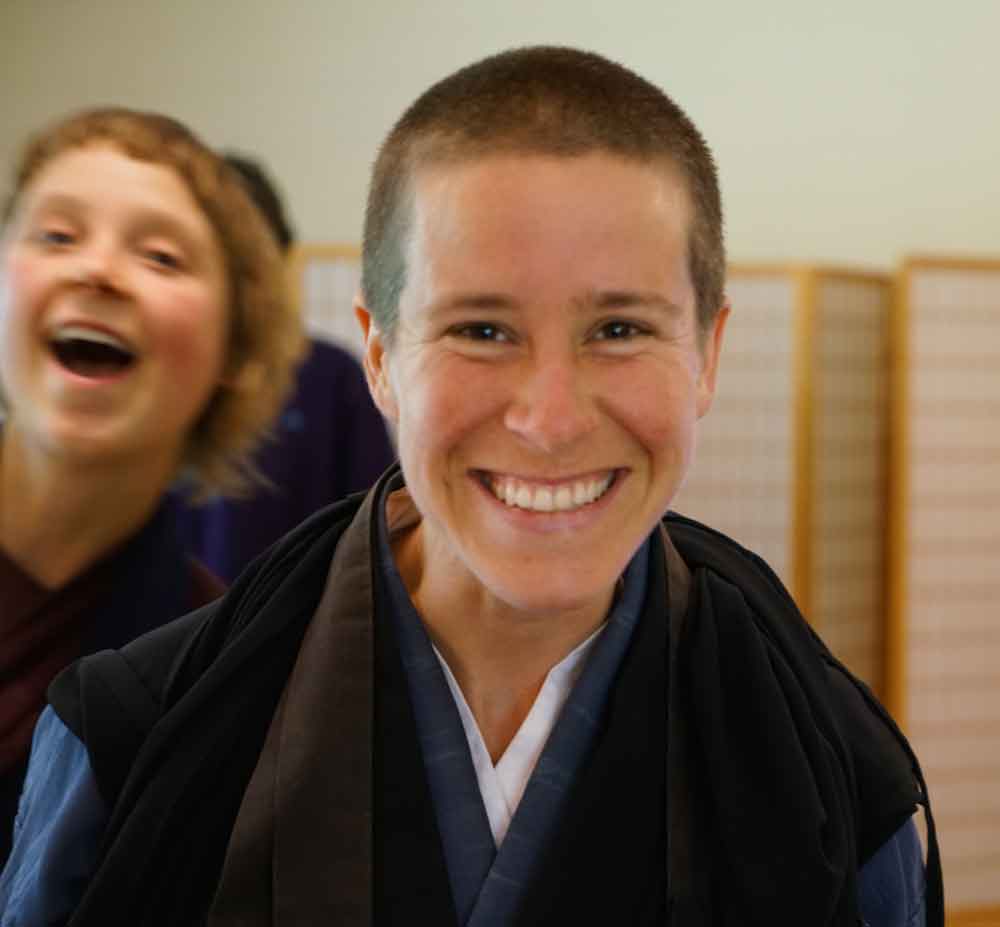
Part of the design of having a women’s retreat, is for women to gather and allow their wisdom to be illuminated and shared together. And I think we all know that in retreat we are willing going into the unknown. Machick Labdron a yogini/teacher in 11th Century Tibet and founder of the Chod lineage, has five slogans that resonate with the sentiment shared by the first sister.
Confess your hidden faults
Approach what you find repulsive
Help those you think you can not help
Anything you are attached to, let it go.
Go to the places that scare you.
What does it mean to go to the places that scare you? As we practice presence through meditation/awareness we begin to realize that nothing is hidden, there are no secrets in the universe. Which means we can not run from our demons, that eventually everything that scares us, and ultimately fear itself must be faced.
The Old Woman, Zhao Zhou and the Tiger
One day when Master Zhaozhou Congshen was outside the monastery, he saw an old woman hoeing a field. He asked her, “What would you do if you suddenly me a fierce tiger?” She replied, “Nothing in this world frightens me,” and turned back to her hoeing. Zhaoxhou said, “There’s still this.”
Dipa Ma’s Fearless Daughters
Dipa Ma was on an airplane with a woman student. It was very turbulent, and the woman screamed. Dip Ma was sitting across the aisle and took her hand and held it. Then she whispered, “The daughters of the Buddha are fearless.”
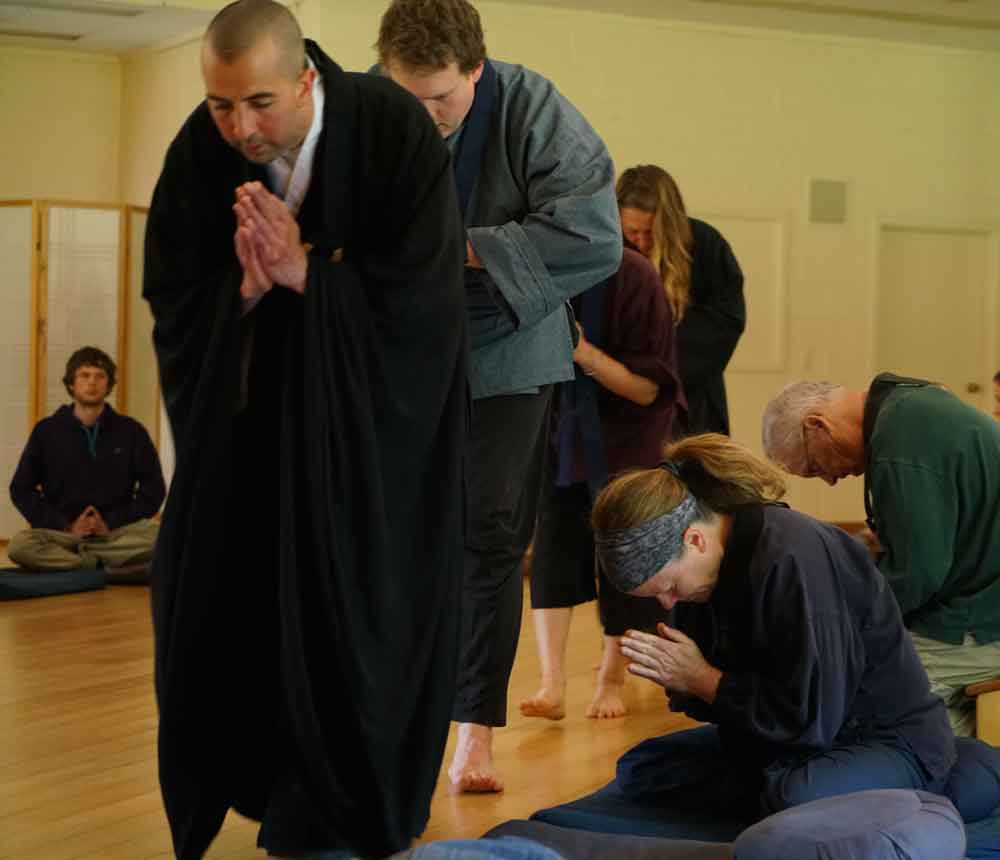
When the wise sisters arrive at the charnel ground, one of them points to a dead body, and says. “This is a person’s body, where has the person gone?”
As we begin to courageously face our demons/fears, allowing them to arise in awareness. Sitting with them a while. The same question may arise? Where does this fear come from? And when I have moments of joy/peace, where does it go? What is the source of fear? of negativity? of pain?
Chinyo’s No Water, No Moon
Chinyo was a servant in a Zen convent who wanted to practice zazen. One day she approached an elderly nun and asked, “I’m of humble birth. I can’t read or write and must work all the time. Is there any possibility that I could attain the way of Buddha even though I have no skills?”
The nun answered her, “This is wonderful my dear! In Buddhism there are no distinctions between people. There is only this — each person must hold fast to the desire to awaken and cultivate a heart of great compassion. People are complete as they are. If you don’t fall into delusive thoughts, there is no Buddha and no sentient being; there is only one complete nature. If you want to know your true nature you need to turn toward the source of your delusive thoughts. This is called zazen.”
Chiyno said with happiness, “With this practice as my companion, I have only to go about my daily like, practicing day and night.”
After months of wholehearted practice, she went out on a full moon night to draw some water from the well. The bottom of her old bucket, held together by bamboo strips, suddenly gave way, and the reflection of the moon vanished with the water. When she saw this she attained great realization.
She recited the following poem:
With this and that I tried to keep the bucket together, and then the bottom fell out. Where water does not collect the moon does not dwell.
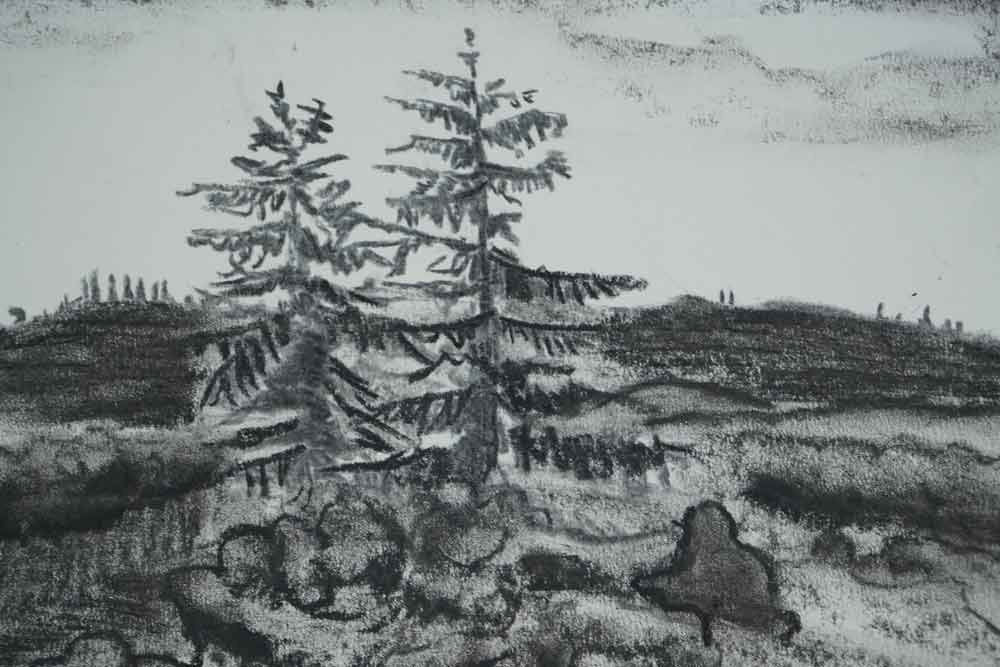
I like the practice instructions in this koan. Our delusions are the path, if we are willing to turn towards them, and sit at their source. This is such a potent practice, and can be done anytime and anywhere, as Chinyo so beautiful demonstrates. The hardest part is establishing the awareness to notice when a delusive thought has arisen, and instead of believing it, believing the Inner Critical voice, we simply look at the thought, Dogen Zenji calls this taking the backward step. For most people, this kind of refined attention is easier to cultivate in stillness, but as we practice observing the mind, we become familiar with our particular eddies of delusion/suffering — and can recognize them earlier.
The Wise Women in the first koan, are also awakened through this deep inquiring and patient looking. And Indra, the lord of the gods, was so moved by their awakening that he showered flowers on the sisters, offering to give them anything they need.
And the sisters reply. We have all we need. But please give us a tree without roots, some land without light or shade, and a mountain valley where a shout does not echo.
This state of mind is also a practice pointer. What is true satisfaction? Can you rest in a sense of completion. Knowing that everything on a fundamental level is OK, nothing is out of place. The state of mind where delusions can not take root, where the world isn’t divided into light and dark, good and bad, mine and not mine, where there is only THIS, and no echoes of the past or future. What state of mind is this?
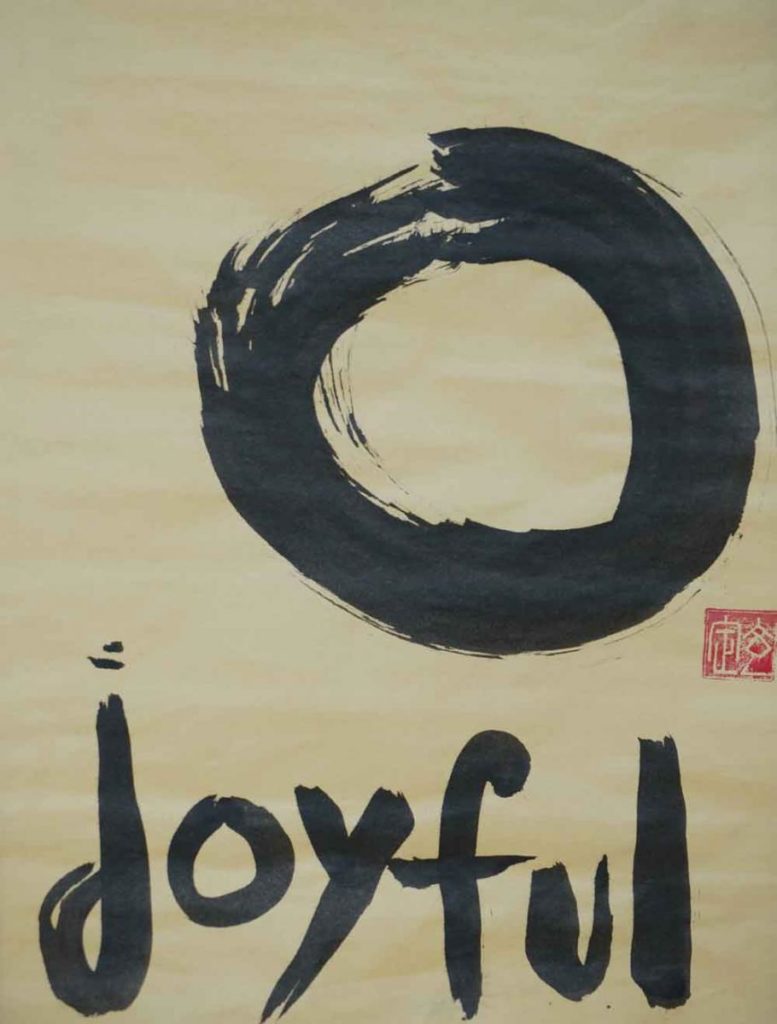
The Woman Lets it Be
Master Langye Huijue had a woman disciple who came to him for instruction. The master told her to examine the saying, “Let it be.” He said that if she faithfully used this sentence as a scythe, she would cut down illusions and reap enlightenment.
The woman followed his instructions faithfully. One day her house burned down and she said, “Let it be.: Another day he son fell into the water and when a bystander ran to tell her she answered, “Let it be.”
One day she started to make fried cakes for dinner as her husband lit the fire. She prepared the batter and heated the oil, then poured a spoonful of batter into the hot oil.
When she heard the sizzling sound, she was immediately enlightened. She threw the pan to the ground and jumped up and down, clapping her hands and laughing.
Her husband shouted at her, “What are you doing? Have you gone mad?” She answered, “Let it be.”
Then she went to Juijue and he confirmed that she had indeed harvested the holy fruit.
What I love about Zen is that a simple phrase like this, can be practiced for a life time, for it touches or points to an essential truth of our nature. Everything is completely perfect, as it is. Can you see it? This truth may one day open us up to seeing perfection in everything, every moment. Nothing is out of place. Everything is part of myself, my life. How can I need anything?
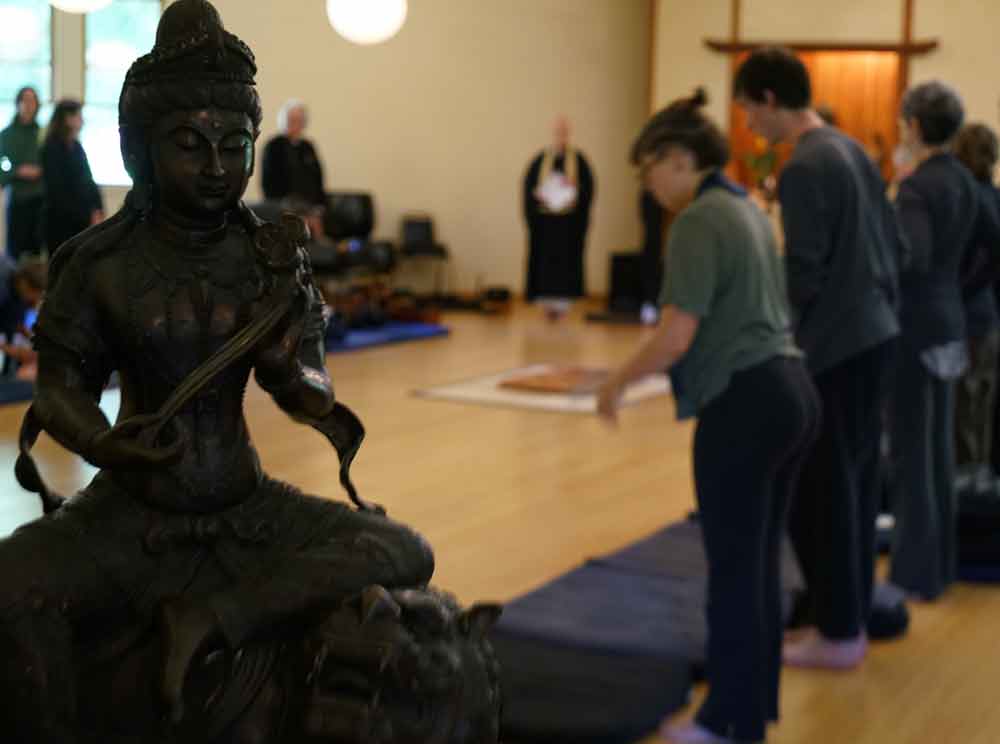
And Indra replies: “Ask anything else, holy ladies,” replied Indra, “and I will gladly provide it. But I don’t have those things to give you.”
“If you don’t have them,” said the woman, “how can you help others liberate themselves?”
We are doing this work. This work of facing ourselves, of liberating our own minds, for others, with others. When someone is in love with the truth, is in touch with their deep heart, this state of confidence can be felt. In zen we say, a self-sufficient person. When the whole world is yourself where can fear take root? Fear itself, isn’t a problem, the Inner Critic isn’t a problem.
Lingzhao’s Helping
One day, Layman Pang and his daughter, Lingzhao were out selling bamboo baskets. Coming down off a bridge, the Layman stumbled and fell. When Lingzhao saw this, she ran to her father’s side and threw herself to the ground.
What are you doing? cried Layman.
I saw you fall so I’m helping, replied Lingzhao.
Luckily no one was looking, remarked the Layman.
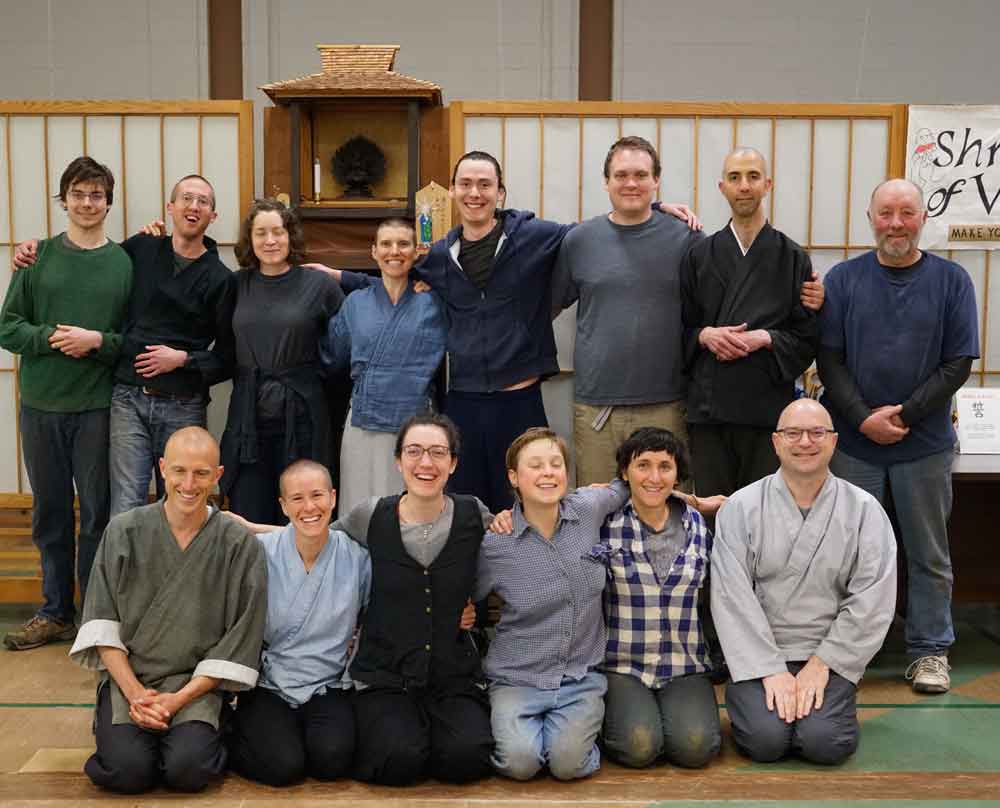
How does a bodhisattva act? She is in touch with her deep heart, and is walking in this very human body, on this very Earth with all its pains, fears and disgraces — with all its joys, loves and beauties. She throws herself into it, caring for all beings, as her own children.
May we all have confidence in the heart of Awakening. May we turn towards all apparent obscurations. May we realize this One complete awakened life. And tenderly care for those who we think we can’t.
